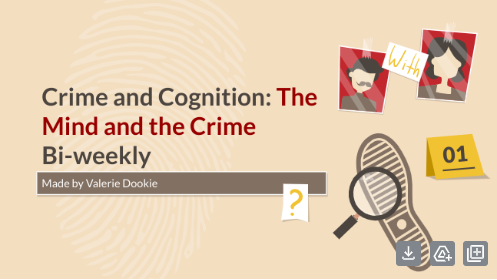Reed Books: Carmilla
February 21, 2021
Carmilla by Joseph Sheridan Le Fanu is a surprisingly progressive Victorian horror tale, breaking many patriarchal tropes common in 19th century writing, if ambiguously. Predating Stoker’s Dracula by 26 years, Carmilla tells the story of Laura, the teenage female protagonist, and her house guest/vampiric love interest Carmilla. Its influences on Dracula, and thus the modern vampire, cannot be overstated; this is the first novel to feature the vampire as a sexual being, and a queer one at that (which Stoker, and every other vampiric piece of media since, has ran with). By telling the story from Laura’s perspective, Le Fanu accidentally-on-purpose creates a female-centric narrative with surprisingly acceptable queer representation and feminist messages.
Carmilla, an anagram for her true vampire name Mircalla, secures an invitation to Laura’s house by pretending to fall sick while on a journey nearby with her mother. Once inside, Carmilla feeds on the town’s young women, including Laura, and forms a romantic relationship with Laura as well. At first glance, this appears to portray the stereotype of the “predatory lesbian”, praying on the innocent heterosexual girl, and only being vanquished by a powerful man. However, Laura herself reciprocates these feelings, if confused by them. She explains being somewhat repulsed by Carmilla, as she knows something is wrong with her, but confesses that her attraction to Carmilla wins her over. And while Carmilla is still the clear antagonist of the story, she does have true feelings for Laura; she sees her death (or transformation into a fellow vampire, depending) to be romantic. By having the protagonist express the same queerness as the antagonist, Le Fanu avoids coding homosexuality as villainous, the way many authors did and still continue to do.
By making the most important relationship in the story a lesbian one, Le Fanu also breaks out of the savior-man trope. The men in the story are, primarily, incompetent, and mostly unnamed beyond their connection to Laura. This is exactly how most women are treated in Victorian novels, which makes the reversal refreshing. While it is a group of men who finally kill Carmilla (or Mircalla) they can never fully recover Laura from her. Laura reflects on their time spent together with both fear and longing, calling her beautiful and a writhing fiend in the same breath. The men are plot devices, while the women are characters.
Still, these progressivisms beg the question: why? Why did Le Fanu, a middle aged heterosexual Irish man, write from the point of view of an Austrian teenaged lesbian? And why did the public, for the most part, accept this queerness?
A part of me wants to give him, and his readers, the benefit of the doubt. Tolerance of queer identities is hard to come by in modern history. But the cynicism in me points to a possible fetishization, or at least minimization, of lesbian relationships.
Carmilla and Laura are both described as being beautiful, young, feminine, and charming. If not for their attachment to each other, they would be perfectly appealing to the male gaze. And the fact that the public generally accepted their relationship without qualms points to the downplaying of lesbian relationships at the time (not seeing them as “real” relationships, or just as unimportant connections that can, and should, be severed by a man).
Fortunately I can’t prove myself right, so there is a chance that Le Fanu just had an anachronistic view on lesbian relationships and his readers were so focused on the vampirism that the queerness didn’t bother them that much. One can hope.
Overall, Carmilla is a fascinating study on both the origin of the vampire and the treatment of women and queer people in Victorian literature. Its impact on pop culture and folklore is immeasurable, and I hope that its song becomes as sung as Dracula.















































